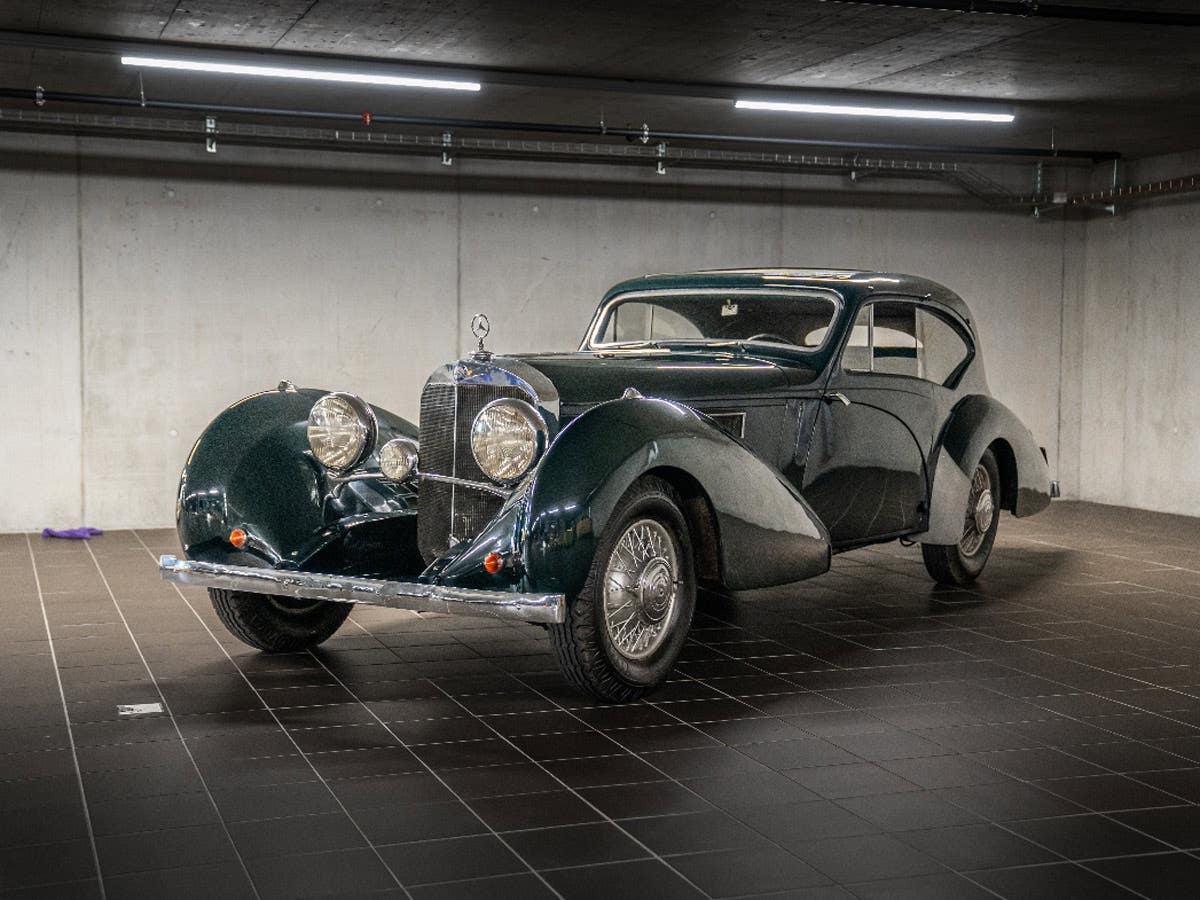SAY “CHEESE IT” TO MICE
In old cops-and-robber movies, “cheese it” meant “get out of here.” I haven’t heard that expression in years and I wish I could say the same about stories of mice…
In old cops-and-robber movies, “cheese it” meant “get out of here.” I haven’t heard that expression in years and I wish I could say the same about stories of mice ruining historic cars. It’s a shame to see the damage the little varmints can do when collectors store vehicles without taking precautions.
The best way to mouse-proof a car is to mouse-proof the building the car is in. Make sure it a “rat guard” – a barrier that goes around the bottom of the structure and into the ground. Rat guards are designed to keep pests from tunneling in.
Fill in spaces on the bottom of the walls with a foam that hardens or steel wool. Keep doors and windows sealed as tightly as possible. Use gaskets to seal openings for utility lines.
Keep food out of your building . . . and your cars. An army of mice travels on its stomach. If there’s nothing for them to eat, you win the war. Vacuum the interior. Remove crumbs and food scraps. Shampoo the carpets so they are squeaky clean and fresh smelling.
Mouse traps and poisons come in a variety of forms at various prices. They work, but remember that traps baited with cheese and poisons like those blue-green pellets are designed to attract mice, then kill them. Not attracting mice is a better plan of action.
Cats kill mice, but cats can also cause damage to cars or stink them Cats also require cat food that mice will eat.
Mice usually enter cars by running up the tires. If the vehicle is stored without tires, it is harder for them to get in. Removing the tires and using jack stands will also keep the tires from developing flat spots.
Mice commonly nest in the engine compartment, interior and trunk. Mice are drawn to warm engines of heater motors. Often you will find nests in the frame rail nearest the radiator. Mice will eat electrical wires and spark plug wires. Recently, one Studebaker collector hit on a simple way to keep an engine bay mouse-free – raise the hood. After he inadvertently left his hood up, his mouse problem went away. Mice like it dark. With the hood open, light got in.
Mice can enter cars through openings for pedals, steering columns and shifters. If you can tape such openings, mice will find it harder to get inside. Leave the sun visors in the down position or mice may nest under them and chew through the headliner. Use screening if you want to keep the windows slightly open for circulation.
Mice usually get into trunks through the rear seat. They can’t get in if you seal the openings. Some cars have drain holes in the spare tire well that should be taped over.
Mothballs can be placed on the floor around the car, but leave no gaps. You can also place mothballs or scented soap in a cake pan inside the car to keep mice away. In spring, the mothball smell can be removed by putting a Yankee Candle under the car seat on a hot day.
Cacoon-style bags seal the whole car. One type is a big plastic sack. You drive the car in and zip it up. A second type is a plastic bubble supported by a curtain of air. The air pump draws little current and promotes better airflow. Both bags work well if you use them properly. You must be very careful not to trap moisture in a zipper bag. The air-curtain type requires electricity.
Spot check the car every couple of weeks for signs of mice. If you see droppings or notice a mouse smell, you’ll first have to get rid of the mice. Then you’ll need to remedy the problem of the mice getting in the car.







